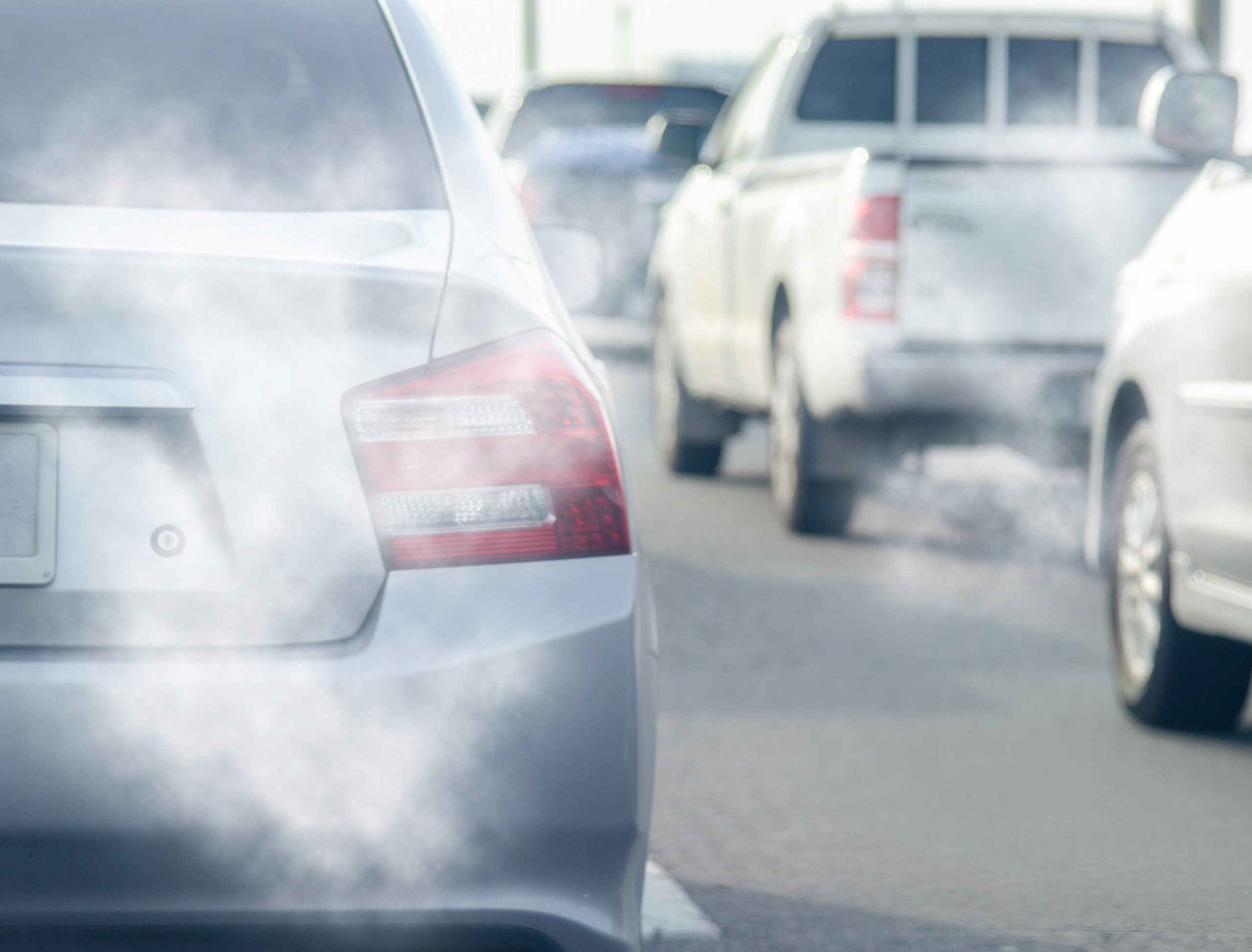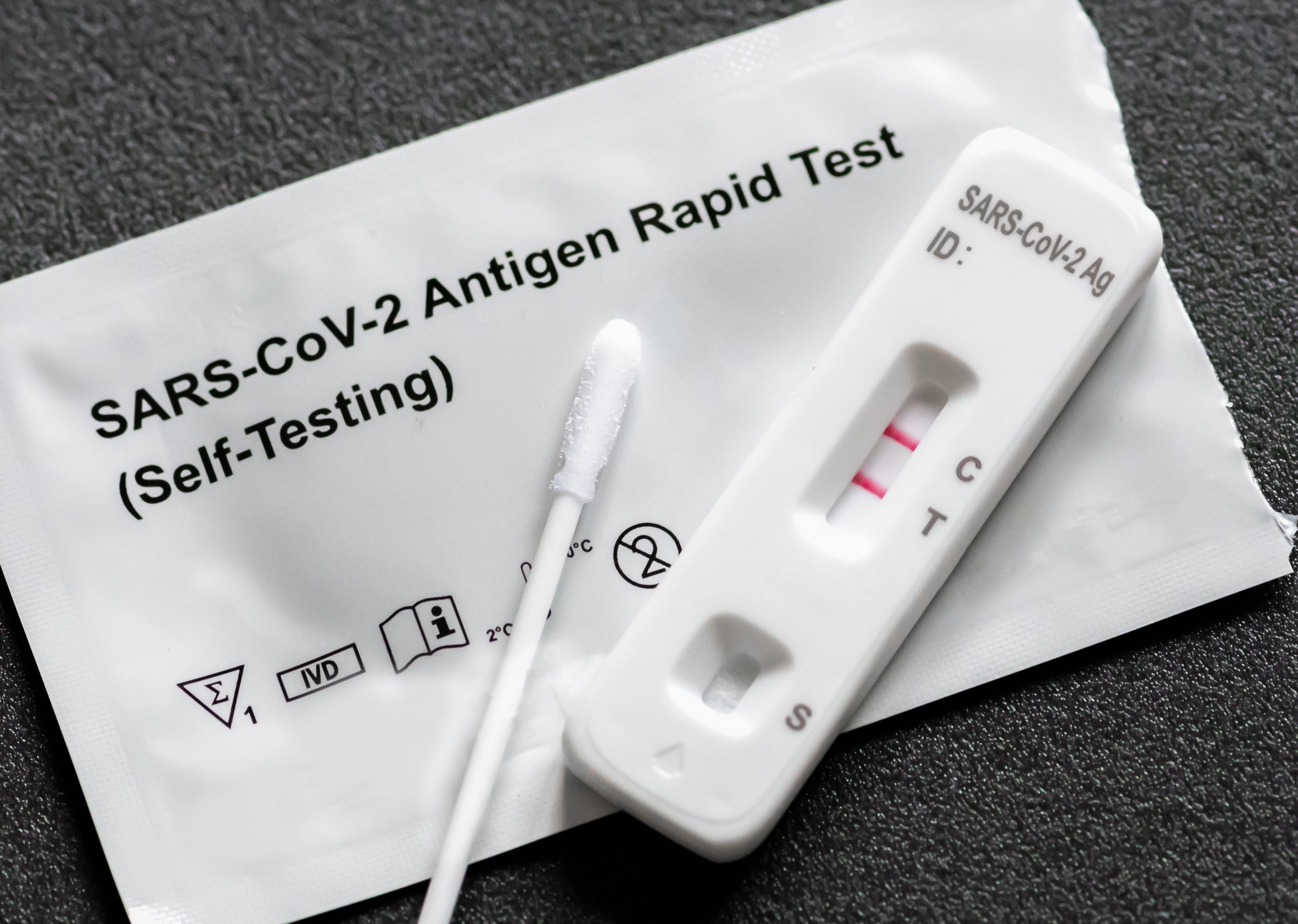
Americans born in recent years can likely count on taking prescription drugs for about half their life, according to new research. For males born in 2019, it’s about 48% of their lives. For women, it’s 60% of their lifetime, the study found. “The years that people can expect to spend taking prescription drugs are now… read on > read on >























-300x200.jpeg)






